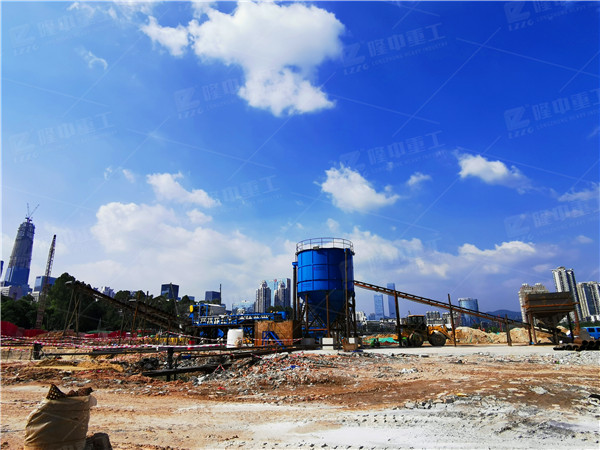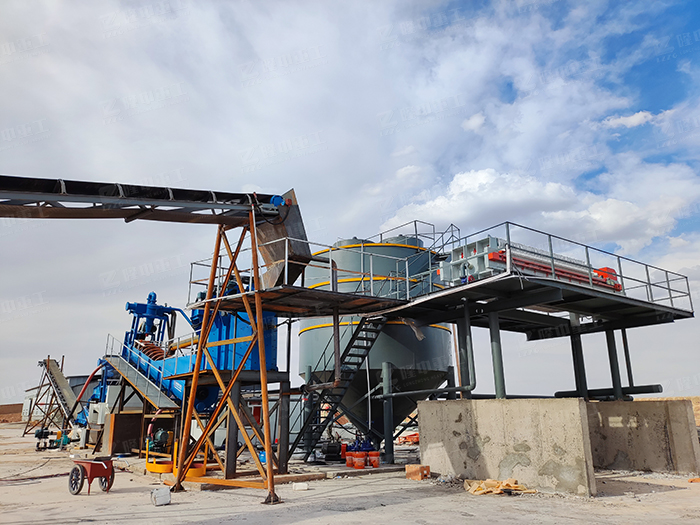Flocculation and concentrator for oily wastewater treatment
 July.24,2025
July.24,2025

Oily wastewater refers to wastewater containing oily substances discharged during industrial production. The oily substances contained in oily wastewater include natural petroleum, petroleum products, tar and its fractions, as well as edible animal and vegetable oils and fats. The existence of oil in wastewater can be divided into three categories: floating oil, emulsified oil and dissolved oil:
(1) Floating oil, the particles of oil dispersed in the wastewater are larger, with a particle size greater than 100um, and are easy to separate from the wastewater. In petroleum wastewater, this type of oil accounts for 60-80% of the total oil content in the water;
(2) Emulsified oil, the particles of oil dispersed in the wastewater are smaller, in an emulsified state, and are not easy to separate from the wastewater;
(3) Dissolved oil, a small part of the oil is in a dissolved state, with a solubility of about 5-15 mg/L.
The currently widely used method for oily wastewater is flocculation and sedimentation, that is, adding flocculants to the water. The use of inorganic flocculants alone has the disadvantages of large dosage, large amount of precipitation in water, easy generation of large amounts of sludge and scum, and high requirements for the corrosion protection of dosing equipment and pipelines, which makes it difficult to meet the requirements of water treatment. Cationic organic flocculants not only overcome these shortcomings of inorganic flocculants, but also show great advantages and application prospects in strengthening flocculation to remove difficult-to-biodegrade organic pollutants, and have good environmental and economic benefits.




